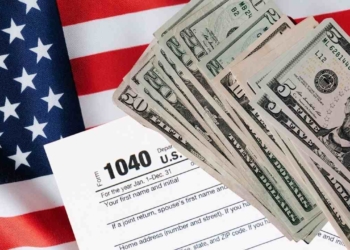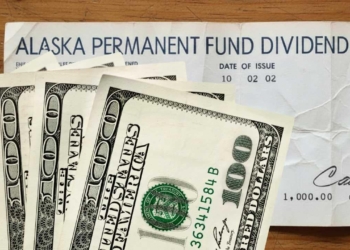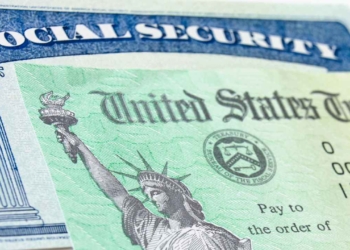We all know the Internal Revenue Service (IRS) and Treasury Department tweak rules like clockwork—tiny adjustments most folks barely notice until April rolls around. But here’s the thing: 2026 could be different.
A perfect storm of inflation math, Washington power plays, and behind-the-scenes IRS upgrades might just put bigger refund checks in millions of mailboxes. No crystal ball needed; just connect the dots between what’s unfolding right now.
Inflation’s sneaky tax side effect
First up: those automatic annual IRS adjustments. Dry? Sure. Important? Absolutely. When prices climb, tax brackets stretch upward—pushing more of your income into lower-rate zones. The standard deduction? That jumps too. If inflation stays stubborn (even if it’s cooled from peak chaos), 2026’s adjustments could be meaty.
Here’s a quick translation for that jargon: middle-class filers might owe less than Uncle Sam already held back from their paychecks. Voilà—a refund bump without lifting a finger.
But wait, there’s more. Tax credits like the Earned Income Tax Credit (EITC) and Child Tax Credit (CTC) also ride the inflation escalator. More money upfront for qualifying families—even if they owe zero tax. Now imagine Congress throws gasoline on the fire. With chatter about expanding these credits floating around Capitol Hill? If even one proposal sticks, 2026 refunds could hit levels that make accountants grin.
The 2025 fiscal cliffhanger
Mark your calendars: 2025 isn’t just another year. It’s D-Day for the 2017 Tax Cuts and Jobs Act (TCJA). Key provisions expire. If lawmakers don’t act, we revert to pre-2018 rules. Cue the panic headlines about higher rates? Maybe. But here’s the twist everyone’s missing: the comeback of deductions the TCJA gutted.
Take the SALT deduction cap. Remember that $10,000 limit on state and local tax write-offs? Poof—gone if the TCJA sunsets. For homeowners in high-tax states (looking at you, California and New York), reclaiming full SALT deductions could outweigh slightly higher federal rates.
Picture a teacher in Jersey City or a nurse in L.A. suddenly writing off $18k instead of $10k. That math adds up to serious refund territory—especially if their employer over-withheld anticipating the old rules.
And let’s be real: D.C. loves tossing new tax sweeteners into the mix. Fresh credits for middle-income families could drop anytime. Whether tied to the TCJA drama or not, they’d juice 2026 refunds.
The IRS glow-up: fewer screwups, faster cash
Nobody throws parties for IRS upgrades, but they matter. Thanks to Inflation Reduction Act funding, the agency’s dragging its systems out of the floppy-disk era. What’s that mean for you? Fewer processing nightmares. Faster refunds. Better fraud detection.
Here’s the kicker: streamlined systems spot over-withholding faster. If your payroll department accidentally withheld too much? A sharper IRS is more likely to catch it and cut you a check instead of sitting on your cash.
Refunds boil down to one gap: what got snatched from your paycheck versus what you actually owe. Enter the redesigned W-4 form. It’s supposed to fine-tune withholding… but employers hate getting caught short.
If companies panic about under-withholding, they might crank up deductions in 2025 “just to be safe.” Painful at the moment? Sure. But come tax season, that hyper-cautious approach could mean surprise refund cash—essentially an interest-free loan you gave the government.
What we can speculate about 2026’s tax refunds
Will 2026 shower everyone with tax cash? No guarantees in this town. But the ingredients are there:
- Inflation adjustments padding deductions and credits
- SALT cap expiration rescuing high-state-tax filers
- IRS efficiency reducing errors (and hoarding)
- Employer caution potentially over-withholding
Keep one eye on Washington’s 2025 tax brawl. The other? On your pay stubs next year. Because sometimes, the taxman given back.







